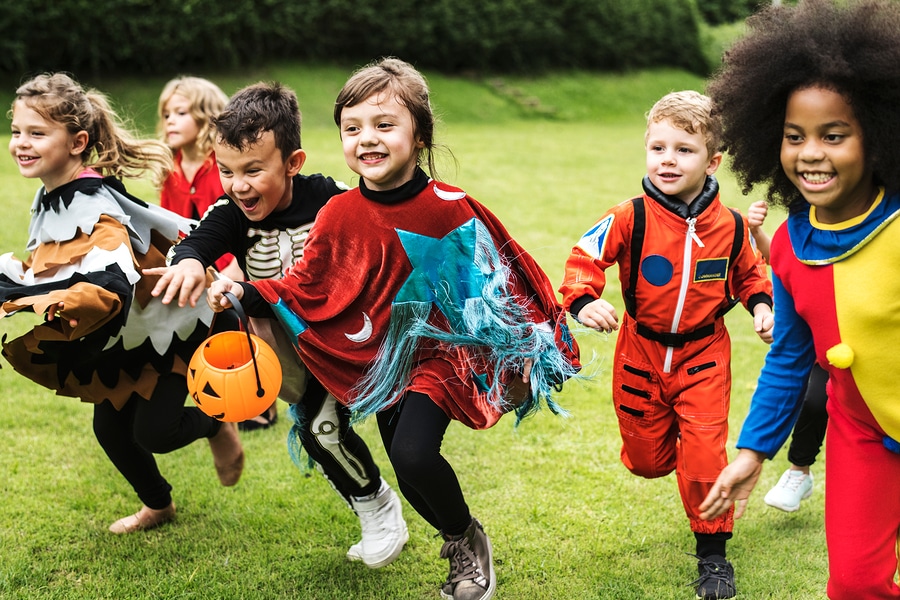
Here are some tips for families and children wanting to participate in Halloween.
The very first consideration is making sure your child wants to participate. Avoid making any assumptions here. If they do, as with all things to do with autism, preparation is the key. If this is a child’s first Halloween, make very sure they know what to expect.
What is it about Halloween that they like? The trick or treating? Halloween can be very scary with flashing lights, interaction with strangers, over-excited children, sugar overload – pretty much an autistic child’s nightmare.
For some children, it is better for Halloween to come to their place rather than for them to go out into the neighbourhood.
Preparation
Costumes – Most autistic children do not understand the concept of make believe and can therefore struggle to understand the concept of wearing a costume. Include them in selecting a costume that is right for them, check for sensory sensitivities, let them try on the costume before the night. It’s okay to not wear a costume too. Some parents opt for a Halloween themed t-shirt.
Trick or treating – create a social story to prepare your child and rehearse the social interactions that are part of this (e.g. greetings, saying thank you, receiving all treats even if they don’t like them, explaining their costume and why they chose it, etc.)
Visual schedule – create this to show which house you will go to and in what order (e.g. first to grandma’s, then uncle’s, then friends, then done).
On the day
- Every child must be supervised by an adult or a responsible sibling.
- Have a safety plan if things go wrong (e.g. if your child becomes overwhelmed, have a signal (verbal or visual) which means you will take them home immediately.
- Write down the process of where and what you will be doing, this can be reassuring for the child to refer to – straying from routine can be stressful for autistic children.
- Trick-or-treating with friends, family or people they enjoy spending time with can help the process.
- Respect your child’s limits, give them a break if they need it and It is better to end on a good note than to push your child past their limits of comfortability.
- Ensure that the night ends on a positive note, maybe plan for their favourite activity or treat to be at home when you return.
Tips for dealing with sugar overload
- Intersperse candy with other treats for good behaviour throughout the night
- If you have a child with special diet concerns or severe behavioral issues talk to your neighbours ahead of time. Neighbors usually want to help. If there are only a few treats your child enjoys or can eat, give the neighbour/family the treats your child can eat ahead of time so that your child can go trick or treating
Educate others
Halloween might be an opportunity to educate others about autism, so consider ways to share preferences and insights about your child either before or during the event. This might include prepping the neighbours you plan to visit with what to expect.



